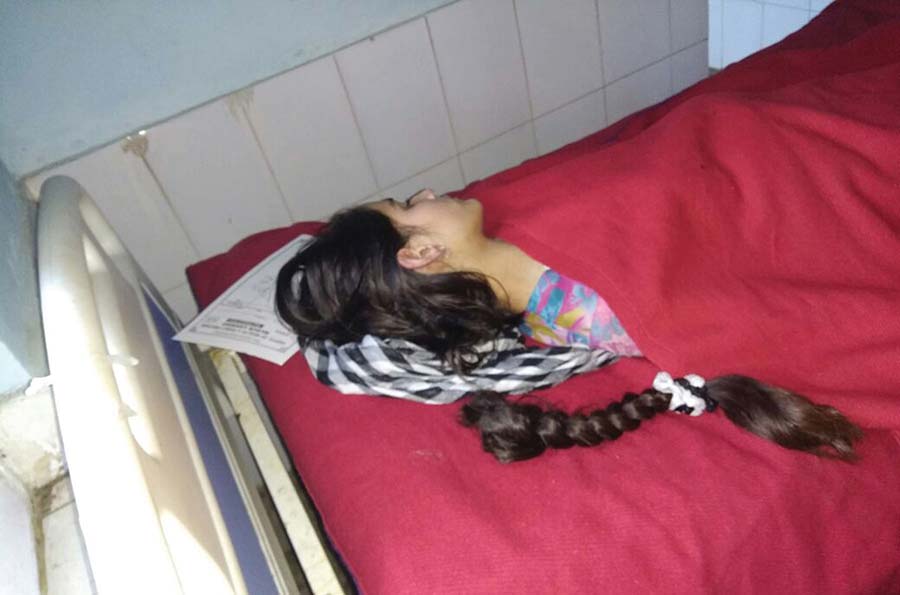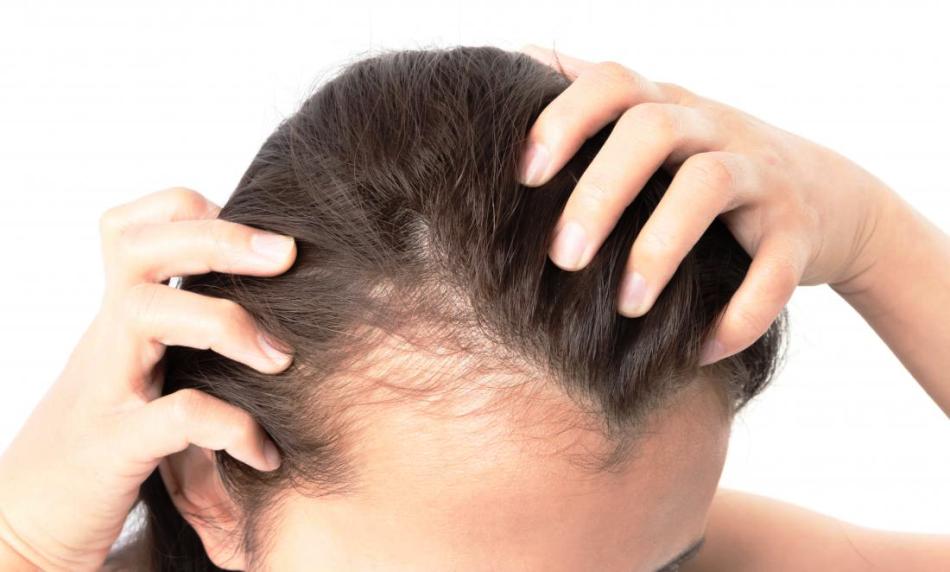by Dr Ummer Yaseen MD
In the Kashmiri population, the results were astonishing with 88 per cent of men having some degree of Androgenetic alopecia in the age group 45-55 years

Hair loss affects up to 60 per cent of men and women aged more than 40 years worldwide. However, we conducted a study in the Kashmiri population and the results were astonishing with 88 per cent of men having some degree of Androgenetic alopecia in the age group 45-55 years which is a huge number.
Hair loss not only affects a person cosmetically but has psychological ramifications as well. It is predominantly seen in males but a good percentage of females are also affected by hair loss.
Hair loss has wide aetiology, the cause and origin of the disease. But here, the focus is to discuss the most common type of hair loss: Androgenic Alopecia. Typically it begins in the 18-25 year age group but may begin earlier or later as well.
In this condition, the hairline starts receding and fronto-temporal angles start becoming obvious. In later stages, the hair starts getting thinned in the frontal area. This leads to loss of hair in the frontal tuft. With progression, the hair starts thinning over the crown area and leading to more advanced grades of hair loss.
Factors Responsible
There are many theories to be believed in causing this type of baldness. A variety of genetic and environmental factors likely play a role in causing androgenic alopecia. Although researchers are studying risk factors that may contribute to this condition, most of these factors remain unknown. Researchers have determined that this form of hair loss, particularly in men, is related to hormones called androgens, specifically an androgen called dihydrotestosterone (DHT). Androgens play a role in female pattern hair loss, but other factors that are not yet known are also involved.
Androgens are important for normal male sexual development before birth and during puberty. Androgens also have other important functions in both males and females, such as regulating hair growth and sex drive.
The Process
Hair growth begins under the skin in structures called follicles.
Each strand of hair normally grows for 2 to 6 years, goes into a resting phase for several months, and then falls out. The cycle starts over when the follicle begins growing a new hair.
Androgens help control this cycle. However, too much stimulation of hair follicles by androgens may lead to a shorter growth period, resulting in shorter and thinner strands of hair. The growth of new hair to replace strands that are shed is also delayed. Together, these changes lead to hair thinning or loss.
Researchers suspect that variants in several genes play a role in androgenetic alopecia. However, scientific studies have confirmed only that variations in one gene, the AR gene, are involved in this condition.

The AR gene provides instructions for making a protein called an androgen receptor. Androgen receptors allow the body to respond appropriately to DHT and other androgens. Studies suggest that variations in the AR gene result in androgen receptors that are more easily stimulated by androgens than normal, leading to increased activity of the receptors in hair follicles. It remains unclear, however, how these genetic changes increase the risk of hair loss in men and women with androgenetic alopecia.
More research is being conducted to determine the connection between Androgenetic Alopecia and other internal disease like Coronary heart disease and Polycystic Ovarian Syndrome in women.
Hair Cloning
The good news now is that hair cloning has become a reality now. What’s it and how it can help the patients suffering from this disease?
There are certain scientifically proven and tested studies and it is beyond any doubt that the back and side of the head (occipital, parietal and temporal) are DHT-resistant areas of the scalp. DHT is the hormone, which affects the sensitive follicles of the scalp and causes hair thinning and baldness. When transplanted these grafts grow well and are rarely lost. This led researchers to think about these resistant stem cells (dermal papilla) in these areas of the scalp to be harvested and multiplied in labs and stored for future use.
As these cells are cloned and their multiple copies are produced, they can be used in future and injected into the scalp in those patients who have thinning of hair and loose hair.
The beauty of this treatment is that it can avoid transplants and just an injection into the scalp can grow hair which thrills the scientists.

There are two parts to this process.
Part 1
Any patient willing to preserve his occipital, donor hair in the age group 18-35 years can ‘save’ his hair for future use. Around 100 hair follicles are harvested from DHT-resistant areas packed in preservative-containing packets and sent to laboratories. In the laboratories, the dermal papilla cells are multiplied and cryo-preserved.
Part 2
This part involves injecting the stem cells back into the scalp in case the patient develops hair loss in future. This step is currently being evaluated and researchers are excited to initiate this process but it’s yet to be done.
The Catch
Even though successes have been claimed but it’s yet to be injected back into the scalp of those who have ‘banked’ it. Starting in 2019, it faced a severe setback after the COVID crisis. And fortunately, this process has been reinitiated now.

So we can see the light at the end of the tunnel. We are optimistic and wish this process will be beneficial to all those who are affected by Androgenetic Alopecia. It’s also important to mention here that this preservation of hair follicles is currently being done only for Androgenetic Alopecia type of hair loss and not for hair loss caused by other reasons. And the cost of this preservation is currently very high but once in coming years, this becomes a reality the costs are expected to come down sharply.
(The author is a member of the International Society of Hair Restoration Surgeons (USA) and an International Fellow of the American Academy of Dermatology. He is an Assistant Professor at Government Medical College Anantnag. Ideas are personal.)















